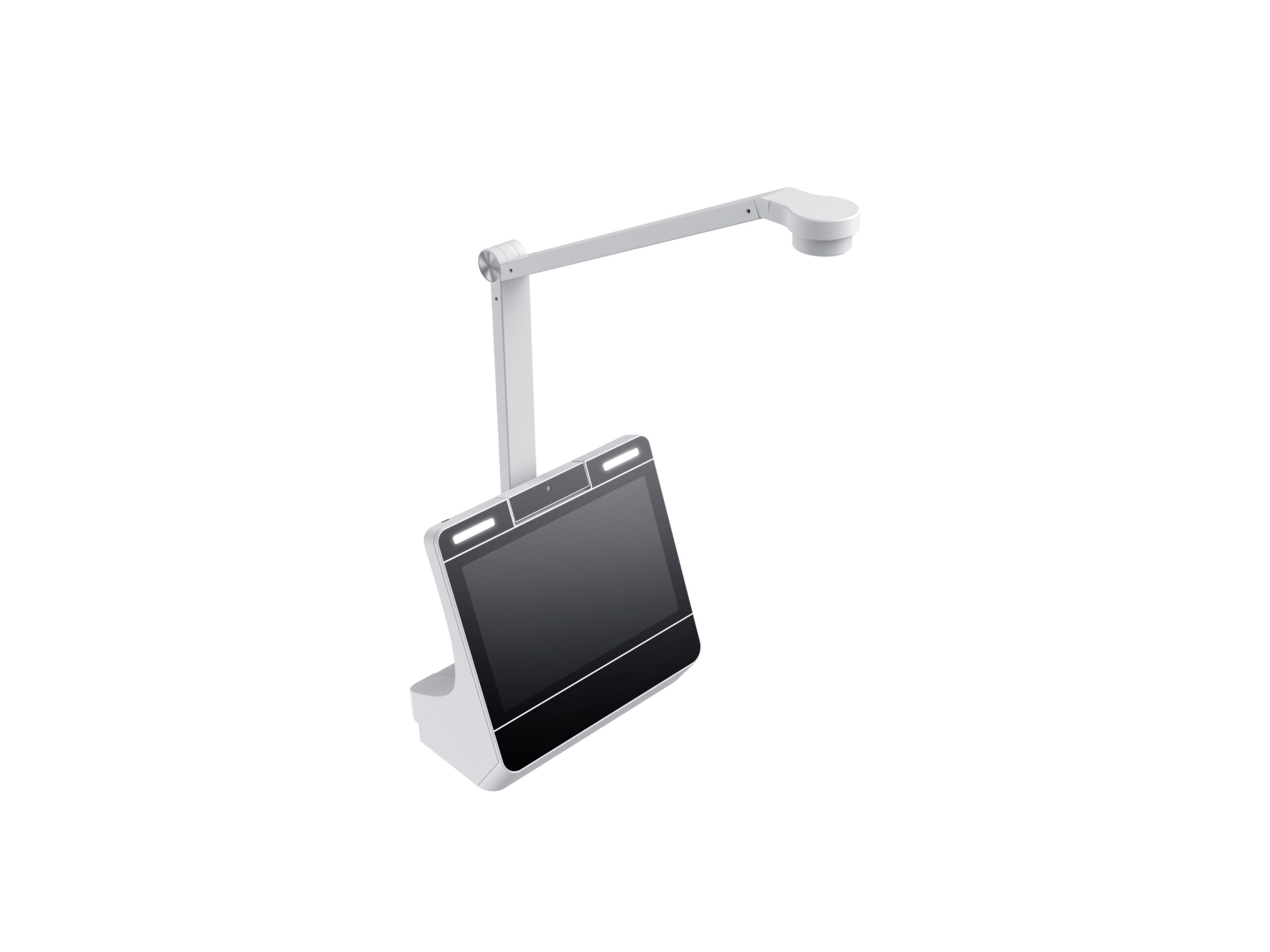The world of graphic advertising media has reinvented itself over the past decade. Static billboards and posters have evolved into dynamic high definition displays. Modern advertising displays provide advertisers with insight into viewer demographics using cameras and other sensors. Advertising content updates in real time using online remote management systems. Android hardware has quietly been the driving force behind this development and, in turn, has organically established itself as the backbone for today’s digital signage explosion.
As the presence of advertising displays has increased so has the variety of different display models. From large size LED screens that cover sides of buildings to small screens that go in the back seats of taxis, there are many different form factors to choose from. Within just one environment there could be multiple kinds of displays. For example, a supermarket may have large hanging screens near the entrance, medium size standing screens next to promotional displays, and small screens embedded in the aisles. It gets difficult for one advertising display company to cover so many form factors. While diverse product selection is desirable, it lowers individual model volume and makes product management challenging.

To get the best of both worlds, a broad selection of models and efficient product management, companies can consolidate their supply chain. First start by breaking displays into a few categories based on specific CPUs. This could be done by screen size, Wi-Fi only or mobile data, or whatever works best.
Consider using screen size as the parameter to choose a CPU. Some lower cost CPUs only support smaller screens with lower resolution. Other more expensive CPUs support larger screens and higher resolution. Make one universal PCBA with a lower end CPU and one universal PCBA with a higher end CPU. In all models of small screen displays, for example below 9” screens, always use the same PCBA. Use the higher end CPU for all models of displays with 9-21” screens. This way the key technology remains the same (within each category), while the peripheral components are dynamic. The mentioned screen sizes are just examples, what matters is the principle.
The benefit of doing things this way is that software engineers only deal with 2 different firmware builds, not a different firmware for each model. Often different cases require different shape PCBAs. As long as the same schematics and firmware are used, changing the layout is a minor obstacle. The goal is avoiding many different hardware and firmware builds. To go one step further into efficient component management, these PCBAs should only include core functionality. Peripheral elements like I/O ports, buttons, camera, mic, etc – these can go on lower volume custom designed sub boards that connect to the main PCBA.

The main point of this article is to discuss the concept of building end products around a few select PCBAs. The follow up to this point is getting the rest of the product made once the PCBAs are done. There are two approaches to this. These two approaches vary based on the status of the display’s casing.
If the cases are ‘open’ that means the case manufacturer invested in the mold and will sell their mold to anyone. Their goal is to sell as many cases as possible. If the cases are ‘proprietary’ that means that they were made by the company that sells the finished product. In this case only they have access to the case and they generally want to sell the finished product, not just the case. When the case is open then making your product using that case is fairly straightforward. Source the case just like any other component and assemble. When the case is proprietary then it may be possible to work out a scenario with the case owner to have them use your PCBA in their case. This takes some negotiating, but there’s usually a light at the end of the tunnel.
Hatch provides custom manufacturing solutions in addition to custom Android hardware design. If you have a unique opportunity or challenge, let’s see how Hatch can help.


